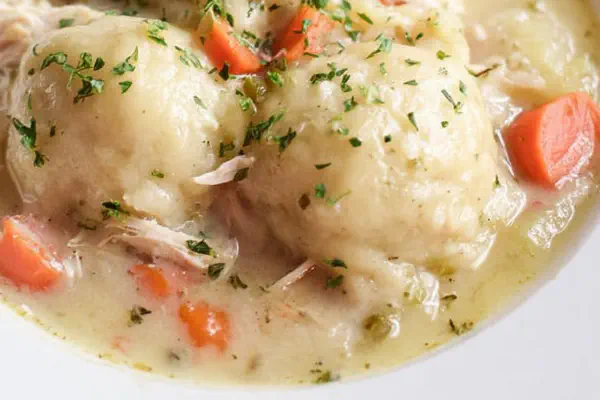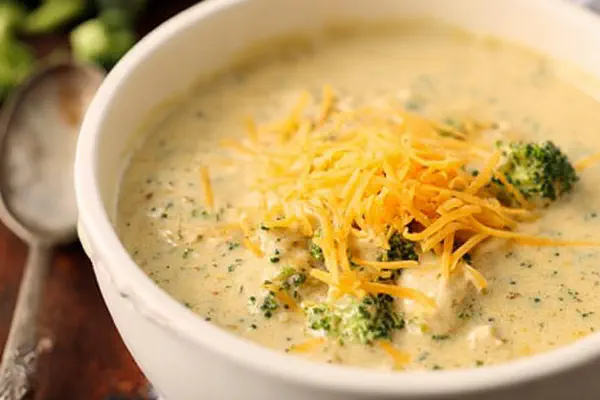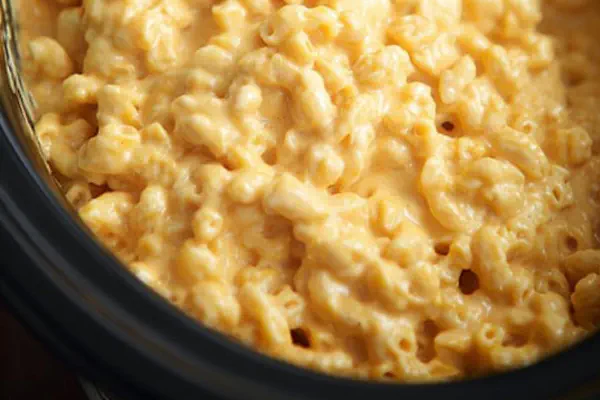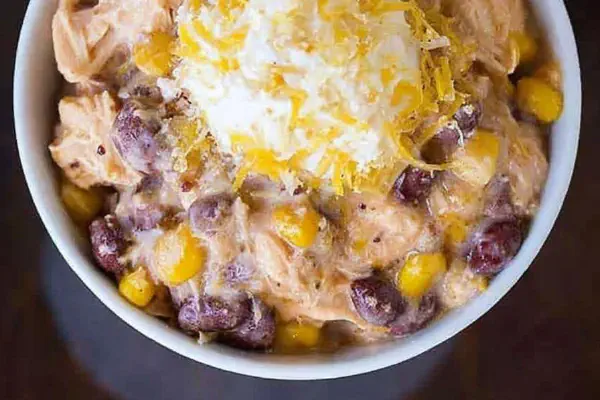Featured Recipe
Twist Mac & Cheese
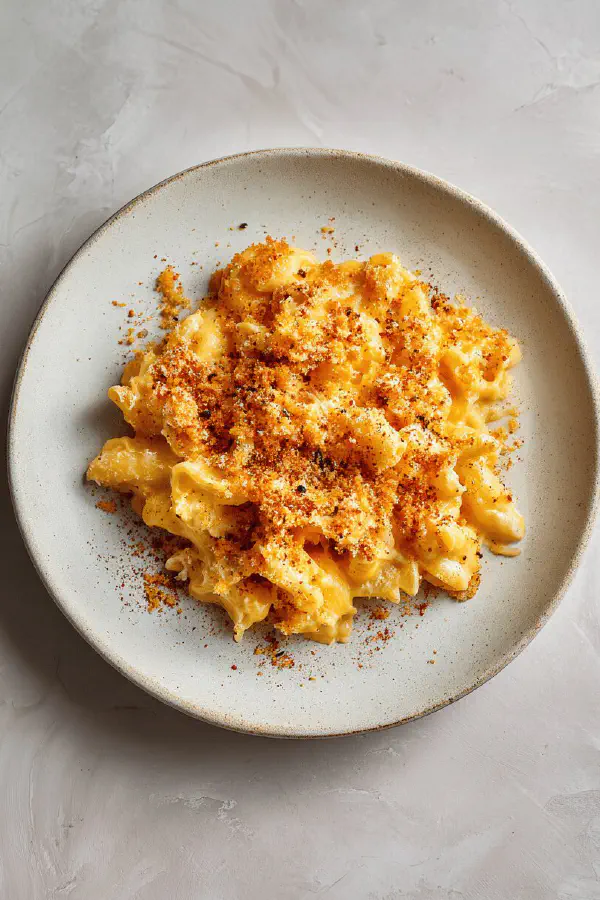
By Kate
"
A mac and cheese with a sharp twist and altered ratios to brighten flavors. Onion softened, roux started slowly in butter; sturdy béchamel with warm oat milk swapped for cow milk. Pasta cooked just shy of tender in salted water; finished with a sharp gruyère and smoked gouda blend. Paprika swapped for smoked paprika, cayenne replaced with chipotle powder for depth. Finished with toasted breadcrumbs tossed with lemon zest for extra texture. Focus on heating stages, melting cheese thoroughly but avoiding graininess. A more rustic, smoky, and layered take with practical swaps and timing adjustments to maximize gooeyness and avoid clumping.
"
Prep:
15 min
Cook:
20 min
Total:
35 min
Serves:
4 servings
twist on classic
macaroni
comfort food
Introduction
Midway chopping onion. Butter melts. Knowing when to stop sweating onion—lose the bite, keep sweetness. Flour dusts, starts roux, smells nutty soon. Hot oat milk—no cold shocks, keeps sauce stable. Macaroni bubbles, salted so starch rinsed quick. Undercooked macaroni saves texture later. Cheese mix up: gruyère and smoked gouda, more bite, more character; mozzarella slicks it smooth. Spices swapped too—chipotle’s slow heat, smoked paprika lends a whisper of flame. Breadcrumb topping with lemon zest; crunch and citrus. Bake until golden cracks burst. Rest is crucial so sauce sets up. Know your stages by smell, sight, feel. No guesswork. Kitchen sounds, bubbling pots, faint smokiness rising. Thick, melty pockets of cheese lodge inside each pasta tube. This is a smarter mac and cheese. Practical, forgiving, memorable.
Ingredients
About the ingredients
Butter measured a bit less than usual to avoid greasy sauce. Flour trimmed to keep roux delicate. Oat milk swapped for cow milk for a more neutral taste and creaminess without dairy sharpness; if allergic, use almond milk but expect thinner sauce. Using warm milk is essential—prevents lumps and speeds thickening. Gruyère and smoked gouda replace cheddar and processed cheese; bring complex flavor layers and better melting properties. Mozzarella fresh shredded for elasticity and binding. Smoked paprika adds dimension lost with traditional sweet paprika. Chipotle powder replaces cayenne for slow, smoky heat without overpowering. Breadcrumbs toasted separately with lemon zest introduce textural contrast and sharpness that cuts richness. Onion caramelization controlled by low heat; browning ruins the delicate balance. Salt measured carefully as cheeses and toppings add inherent salt. Substitutions: Parmesan can replace gruyère if you want sharper bite; regular cheddar can replace gouda but loses smokiness. Use fresh pasta for more tender result but cook time differs. Keep pan and pot sizes appropriate to avoid overcrowding and uneven cooking.
Method
Technique Tips
Start by gentle sweating onion in butter; don’t rush browning as it ruins sweetness. Gradual incorporation of warm milk critical; whisking is non-negotiable to avoid lumps. Let sauce thicken naturally on medium-low heat until it reaches nappe stage; fluid but coats spoon fully. Pasta cooking short of al dente ensures firmness after baking; carryover cooking inside sauce finishes texture perfectly. Combining pasta and sauce off the heat first avoids breaking macaroni and clumping. Cheese melting must be low and slow to avoid greasy split sauce; remove from heat if needed, stirring helps melting without overheating. Season toward the end after cheese melts—cheese salts vary wildly. Topping gets texture balance, toast breadcrumbs lightly prior to assembly and add lemon zest to wake up flavors. Baking critical for top color and texture; check visually to avoid burning. Resting allows pulp to redistribute moisture; sauce thickens slightly, making portioning easier. Always taste on every step for salt and spice adjustments. Avoid common pitfalls: raw flour taste, broken sauce, mushy pasta. Work smart with timing cues and sensory clues more than clock time.
Chef's Notes
- 💡 Start softening onion slowly; wait for translucence, aroma blooms sweet. High heat wrecks your sweetness. Smell that? That’s the goal. Weight matters too, don’t rush.
- 💡 Gradual milk pouring; whisk hard, avoid lumps; avoid thickening nightmares. Leaky sauce is not an option. Needs to cling to pasta like a hug. Time, patience.
- 💡 Pasta: cook shy of al dente. Don’t overdo it! Drain but keep some starchy water, good for the sauce later. Firmness saves you post-bake mushiness. A must-know.
- 💡 Cheese melting is delicate—low heat is key. Move off the heat if sauce acts up—see it breaking? Whisk off the heat helps smooth it out. Slow and steady.
- 💡 Breadcrumbs: toast beforehand. Mix with lemon zest; adds zing. Texture layers on top counteracts creamy base. Watch closely in the oven, they burn quick.
Kitchen Wisdom
What if my sauce is too thin?
Simmer longer on low heat until thick. Avoid rushing; lumps happen if temp’s too high. Keep whisking, not chunky.
How to store leftovers?
Airtight container in the fridge, 3 days max. Reheat gently; add splash of oat milk to revive sauce. Avoid tough, dry bites.
What if my pasta sticks together?
Prevent with enough water, keep stirring. Add oil to pot if trouble persists. Keep them moving until drained.
Can I use different cheeses?
Yes, substitute! Cheddar for gouda, but be ready for different flavors. Parmesan can take gruyère's place. Texture shifts too.
